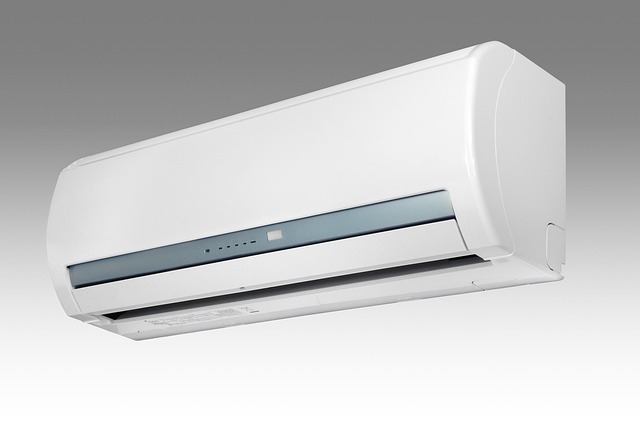Understanding Your Home's HVAC System: A Comprehensive Guide
A home's HVAC (Heating, Ventilation, and Air Conditioning) system is the cornerstone of indoor comfort and air quality. This complex network of components works together to maintain optimal temperature, humidity, and air cleanliness throughout your living space. Whether you're a new homeowner or looking to upgrade your existing system, understanding HVAC basics is essential for making informed decisions about your home's climate control.

Essential Components of an HVAC System
The primary components of a modern HVAC system include the furnace, air conditioner or heat pump, thermostat, ductwork, and various filters and controls. Each component plays a crucial role: the thermostat acts as the system’s brain, the furnace or heat pump provides warmth, the air conditioner cools, and the ductwork serves as the circulation pathway for treated air.
Regular Maintenance Requirements
Proper maintenance is crucial for HVAC system longevity and efficiency. Regular tasks include changing air filters every 1-3 months, cleaning vents and ducts, checking thermostat functionality, and scheduling professional inspections twice yearly. These maintenance practices help prevent breakdowns and ensure optimal system performance.
Common HVAC Problems and Solutions
Most HVAC issues stem from inadequate maintenance, aging equipment, or improper installation. Common problems include uneven heating or cooling, strange noises, high energy bills, and poor air quality. Many issues can be prevented through regular maintenance, while others may require professional intervention.
Energy Efficiency Considerations
Modern HVAC systems offer significant improvements in energy efficiency compared to older models. SEER ratings for air conditioners and AFUE ratings for furnaces indicate efficiency levels, with higher numbers representing better performance. Energy-efficient systems can significantly reduce utility bills while providing superior comfort.
HVAC System Costs and Options
| System Type | Average Installation Cost | Typical Lifespan | Energy Efficiency Rating |
|---|---|---|---|
| Basic Split System | $3,000 - $7,500 | 15-20 years | 13-16 SEER |
| Heat Pump System | $4,000 - $8,000 | 10-15 years | 14-18 SEER |
| Ductless Mini-Split | $3,000 - $12,000 | 15-20 years | 16-30 SEER |
| High-Efficiency System | $10,000 - $15,000 | 20-25 years | 18-21 SEER |
Prices, rates, or cost estimates mentioned in this article are based on the latest available information but may change over time. Independent research is advised before making financial decisions.
When selecting an HVAC system, consider factors beyond initial cost, such as operating efficiency, maintenance requirements, and long-term energy savings. Modern systems may cost more upfront but often provide significant savings through reduced energy consumption and fewer repairs. The right choice depends on your climate, home size, and specific comfort needs.
Your HVAC system represents a significant investment in home comfort and efficiency. Understanding its components, maintenance needs, and efficiency ratings helps you make informed decisions about repairs, replacements, and upgrades. Regular professional maintenance and prompt attention to minor issues can extend system life and maintain optimal performance, ensuring year-round comfort in your home.






